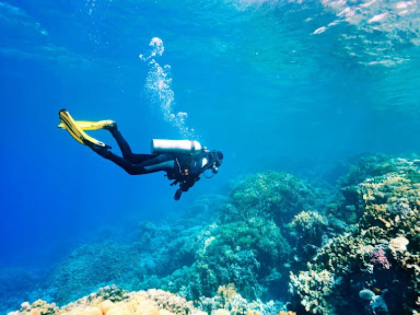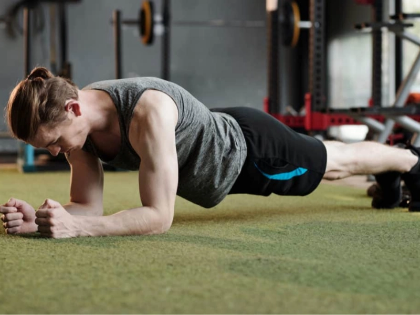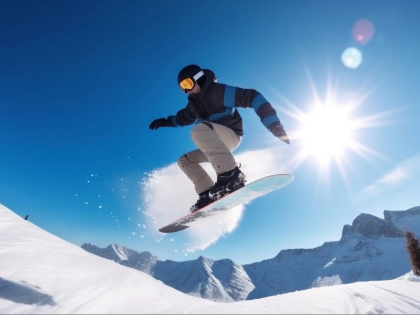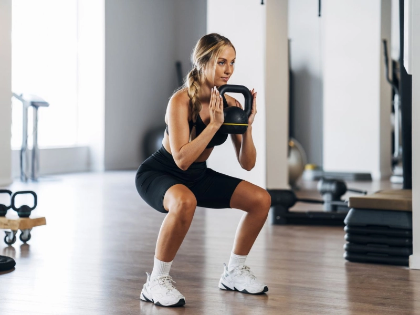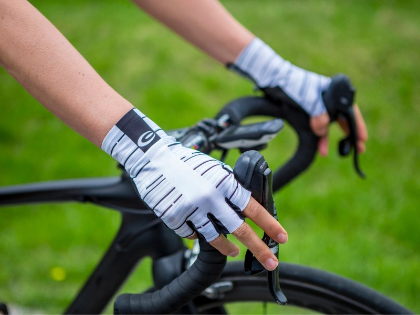ImprovingDive Stamina: Exercises For Longer Bottom Times
You may explore and savour the wonders of our natural environment more thoroughly the longer you remain underwater. You have to work on your leg strength, posture and balance and control your breathing rate if you want to raise your bottom time. While high-intensity interval training (HIIT) increases stamina by short bursts of activity mixed with times of rest, cardio workouts help develop lung capacity and endurance. For divers, both kinds of exercise are excellent.
Toe Snabs

Rises in Calf
 The capacity to keep body posture and balance when finning helps one save time and effort during deep dives. Including calf raises in your exercise program will help the muscles supporting your arch to get stronger, thereby reducing your likelihood of tiredness and cramps on your next dive.
To do this exercise, stand straight, feet shoulder-width apart, toes pointing forward. To guarantee correct body alignment, keep your back straight and core engaged; avoid leaning throughout the movement. Contracting your calves, slowly raise your heels off the floor. This deliberate action maximises the advantages of every repetition by helping your muscles be targeted effectively.
Batt advises doing high repetitions, say 10 to 30 repetitions, either as part of a lower body superset or as a finisher at the end of your two or three times weekly as standing calf raises are an isolation exercise with a limited range of motion. He does, however, advise against substituting these workouts for cardiac training.
The capacity to keep body posture and balance when finning helps one save time and effort during deep dives. Including calf raises in your exercise program will help the muscles supporting your arch to get stronger, thereby reducing your likelihood of tiredness and cramps on your next dive.
To do this exercise, stand straight, feet shoulder-width apart, toes pointing forward. To guarantee correct body alignment, keep your back straight and core engaged; avoid leaning throughout the movement. Contracting your calves, slowly raise your heels off the floor. This deliberate action maximises the advantages of every repetition by helping your muscles be targeted effectively.
Batt advises doing high repetitions, say 10 to 30 repetitions, either as part of a lower body superset or as a finisher at the end of your two or three times weekly as standing calf raises are an isolation exercise with a limited range of motion. He does, however, advise against substituting these workouts for cardiac training.
Stretching Your Calves
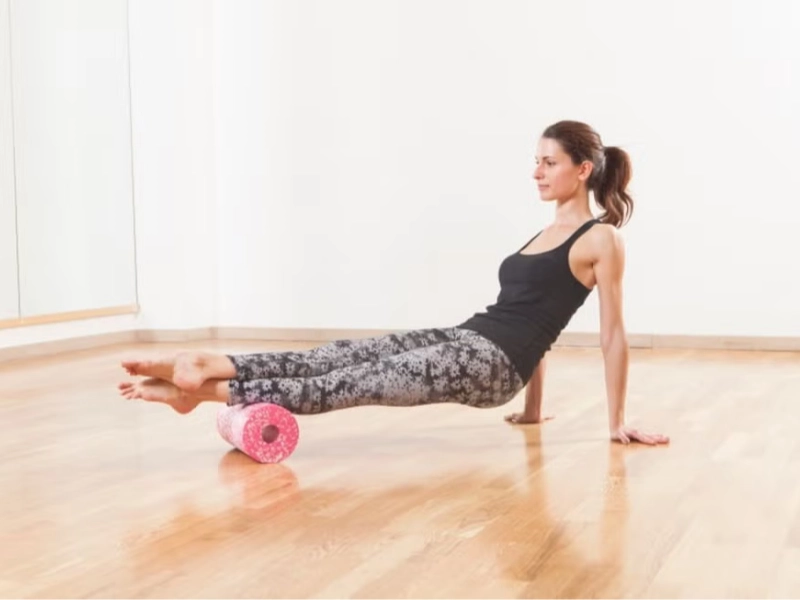 To appreciate diving, all divers have to be at a specific degree of fitness. Running or using the elliptical helps with endurance; weight lifting builds strength. Aerobic exercise like this Exercises targeted at leg muscles can also aid you finning and walk with a heavy diving tank on your back.
To perform one excellent calf stretch, stand with your feet against a wall and then bend forward through flexed ankles. Two of the principal calf muscles, the gastrocnemius and soleus, are stretched here.
Another seated calf stretch is lying a foam roller beneath your calf muscle—the rear of your lower leg. Straight out your right leg on the floor, then bend the left knee to form a stretching angle. To intensify the stretch, roll the roller up and down your calf pointing your toes as you go. Several times a day, repeat.
To appreciate diving, all divers have to be at a specific degree of fitness. Running or using the elliptical helps with endurance; weight lifting builds strength. Aerobic exercise like this Exercises targeted at leg muscles can also aid you finning and walk with a heavy diving tank on your back.
To perform one excellent calf stretch, stand with your feet against a wall and then bend forward through flexed ankles. Two of the principal calf muscles, the gastrocnemius and soleus, are stretched here.
Another seated calf stretch is lying a foam roller beneath your calf muscle—the rear of your lower leg. Straight out your right leg on the floor, then bend the left knee to form a stretching angle. To intensify the stretch, roll the roller up and down your calf pointing your toes as you go. Several times a day, repeat.
Physical Exercise
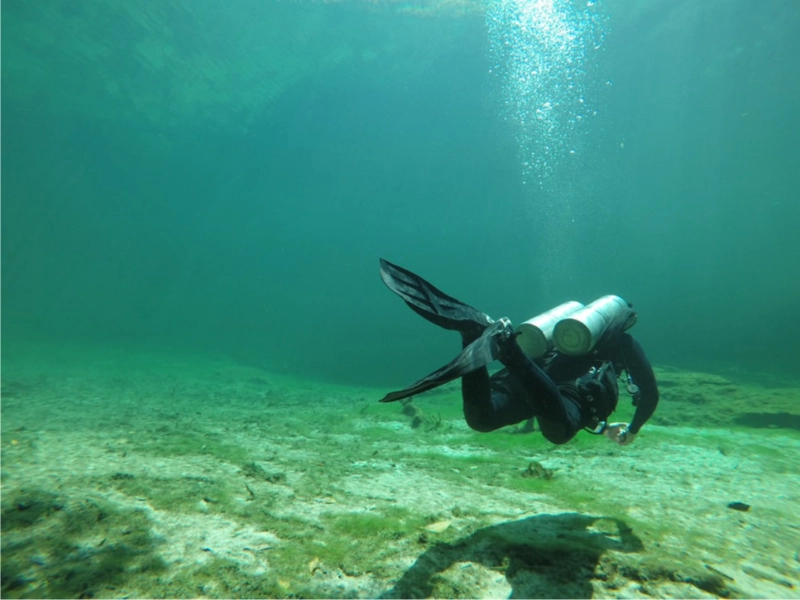 Diving calls for a great degree of physical stamina to resist currents and swim great distances. Exercise also increases lung capacity and develops strength that enables you to control oxygen consumption and lower tiredness, thereby enhancing your whole diving experience.
For divers, a balanced fitness program including aerobic and anaerobic activities is best. While weight training activities that concentrate on leg muscles increase the endurance and strength needed for diving movements and equipment management, aerobic exercise including swimming, jogging and cycling promotes cardiovascular health.
For divers, HIIT—High Intensity Interval Training—is a great cardiovascular and strength building program. HIIT consists in brief bursts of high-impact exercises like jumping lunges or jump squats mixed with rest intervals. Regular HIIT can burn body fat, increase core and leg strength, and help to improve cardiovascular endurance. Including some HIIT activities in your weekly schedule will help your cardiovascular system remain in best shape for diving.
Diving calls for a great degree of physical stamina to resist currents and swim great distances. Exercise also increases lung capacity and develops strength that enables you to control oxygen consumption and lower tiredness, thereby enhancing your whole diving experience.
For divers, a balanced fitness program including aerobic and anaerobic activities is best. While weight training activities that concentrate on leg muscles increase the endurance and strength needed for diving movements and equipment management, aerobic exercise including swimming, jogging and cycling promotes cardiovascular health.
For divers, HIIT—High Intensity Interval Training—is a great cardiovascular and strength building program. HIIT consists in brief bursts of high-impact exercises like jumping lunges or jump squats mixed with rest intervals. Regular HIIT can burn body fat, increase core and leg strength, and help to improve cardiovascular endurance. Including some HIIT activities in your weekly schedule will help your cardiovascular system remain in best shape for diving.


